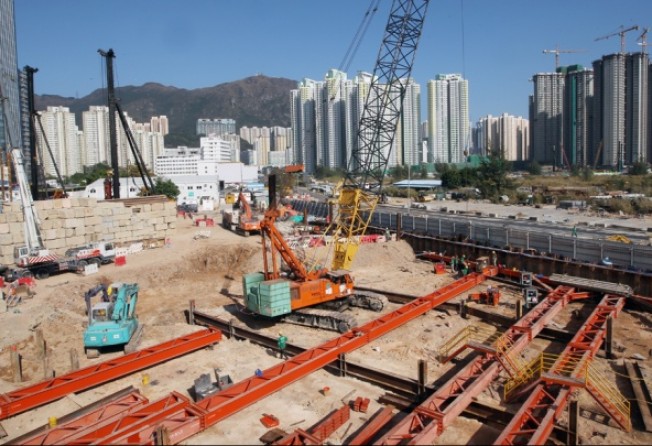
Tram may suit Kai Tak better than monorail, operator says
Much-touted rail project set to be challenged by city's tram operator, which says building tram lines is cheaper, quicker and more flexible

A government plan to link the Kai Tak development area with East Kowloon by building a HK$12 billion monorail is to be challenged by the operator of Hong Kong's trams, the Post has learned.
A proposal submitted by Veolia Transport is threatening to throw the fate of the much-touted monorail into doubt and could influence the government's plan to transform the old airport into the city's second central business district.
The French operator of the iconic century-old tram network is to argue that a modern tram system would be a better option for East Kowloon. At just HK$2.8 billion, the construction cost would be less than a quarter of that of the monorail, and it would not prevent big ships using the Kwun Tong typhoon shelter, which has been a major obstacle holding back the monorail project, sources say.
However, the monorail has strong backing from the community, having received majority support from the district councils involved despite the high cost.
Kwun Tong, Kowloon City and Wong Tai Sin district councils will discuss the tram proposal next month. It would see four routes built in two phases. The first pair - connecting Ngau Tau Kok MTR station with the cruise terminal and Kai Tak's public housing area - would be up and running in 2018, five years earlier than the single-route monorail set to open in 2023.
The second pair of tram lines, linking the public housing area to the cruise terminal, and Lai Yip Street to Kwun Tong MTR station, would open in 2023.
The fare for trams would be one third of the monorail's owing to vastly lower repair and maintenance costs of HK$142 million a year - less than half of the HK$382 million for the monorail. That means the tram operator could break even with much lower fares than needed for the monorail operator to do the same.
Another advantage of trams would be that they could run on the existing bridge connecting the old airport taxiway to Kai Tak, eliminating the need to build a new bridge across the typhoon shelter, which would potentially prevent around 100 high-mast ships entering it. The tram system could also be extended into To Kwa Wan and Kowloon City, which the monorail cannot serve.
But Kwun Tong district council is not convinced: "Trams would take up already-congested road space like Hoi Yuen Road, while the elevated monorail would not," said district councillor Ngan Man-yu. "From a tourist point of view it is also nicer to look at the beautiful Kai Tak promenade from a higher level."
But legislator Alan Leong Kah-kit said the monorail's foundation pillars would also take up road space.
"I don't see a monorail being more high-class than a tramway. Monorails are very expensive to build and there are examples of monorails built some years ago not being used because they are too expensive to maintain," he added. "We should not rule out other options."
The government set aside land in 2007 for a rail system in Kai Tak and officials hailed the monorail as the best option for the East Kowloon development plan, which is supposed to see Kwun Tong and Kowloon Bay turned into another Central in a decade. But the nine-kilometre route is likely to rely heavily on government subsidies.
Among 120 monorail systems worldwide, only about 10 are used as a regular form of public transport. Most are found in amusement parks.